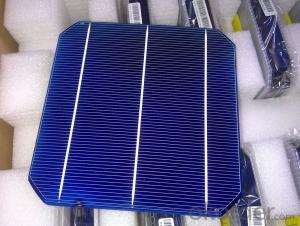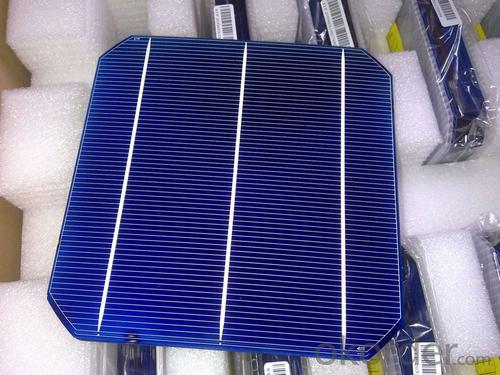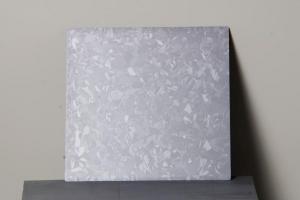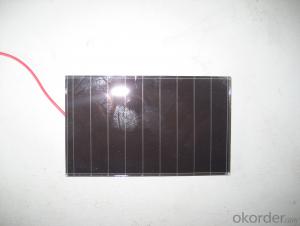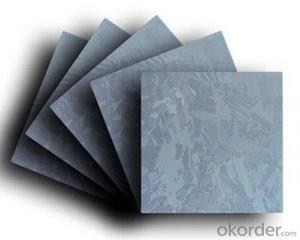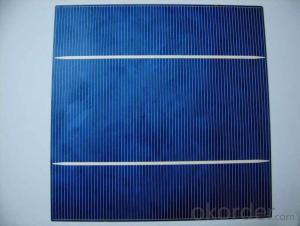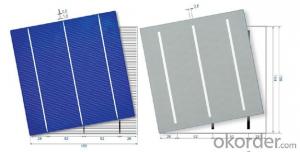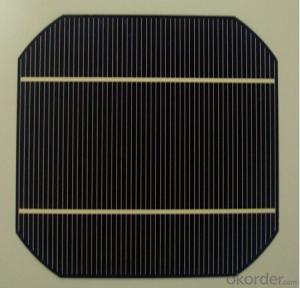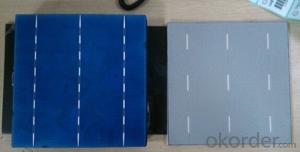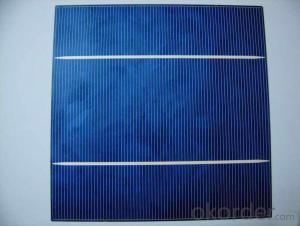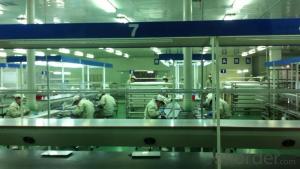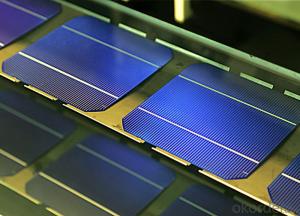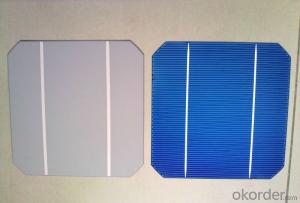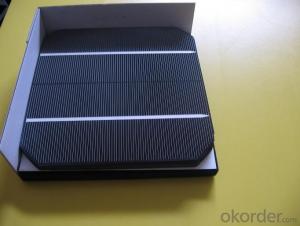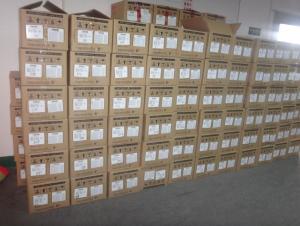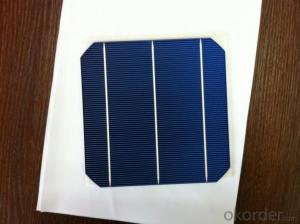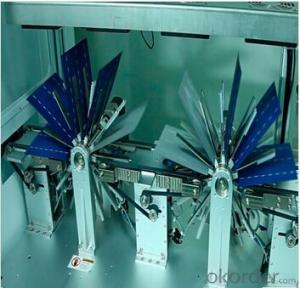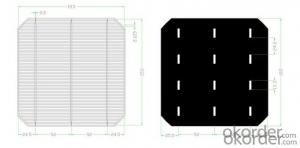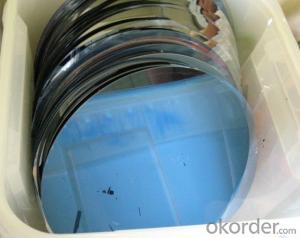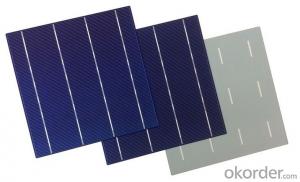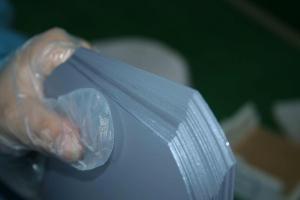Solar Grade Silicon Wafer - Mono Solar Cells 156mm*156mm in Bulk Quantity Low Price Stock 19.4
- Loading Port:
- Shanghai
- Payment Terms:
- TT OR LC
- Min Order Qty:
- 1000 pc
- Supply Capability:
- 100000 pc/month
OKorder Service Pledge
OKorder Financial Service
You Might Also Like
Brief Introduction
- Up to 20.0% efficiency, one of the highest performing mono crystalline cells on the market
- Three bus bars boosts current collection over the entire cell area, leading to higher fill factors
- Blue anti-reflecting coating allows more sunlight be captured and converted to electricity
- Finer, closer fingers improves charge collections for improved energy yield
- Lower light-induced degradation leads to greater power output over the entire module lifetime
- All solar cells are tightly classified to optimize output of module
- Maximum yield and longevity due to hotspot prevention
- Premium appearance results in a highly uniform and aesthetically appealing module
Specification
- Product Mono-crystalline silicon solar cell
- Dimension 156 mm x 156 mm ± 0.5 mm
- Thickness 200 μm ± 30 μm
- Front 1.5 ± 0.1 mm busbar (silver)
- Silicon nitride antireflection coating
- Back 3.0 mm continuous soldering pads (silver)
- Back surface field (aluminum)
Electric performance parameters

- Testing conditions: 1000 W/m2, AM 1.5, 25 °C, Tolerance: Efficiency ± 0.2% abs., Pmpp ±1.5% rel.
- Imin : at 0.5 V
Light Intensity Dependence
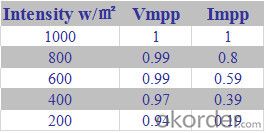
Soldering Ability
- Peel Strength: > 1.0 N/mm (Pull soldered ribbon from busbar in 5 mm/s of 180°)
Dimension Figure
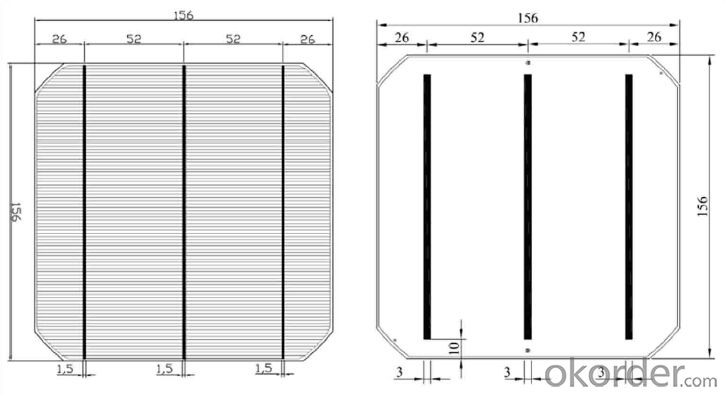
Quick Response
- Any time and anywhere, reply clients' email and solve all problems happen in the work at the first time.
- Remove clients doubts and offer the best solution at the first time.
- Give our clients the lastest news of the photovoltaic, update the newest stock informtion.
Production and Quality Control
- Precision cell efficiency sorting procedures
- Stringent criteria for color uniformity and appearance
- Reverse current and shunt resistance screening
- ISO9001,ISO14001 and OHSAS 18001,TUV Certificated
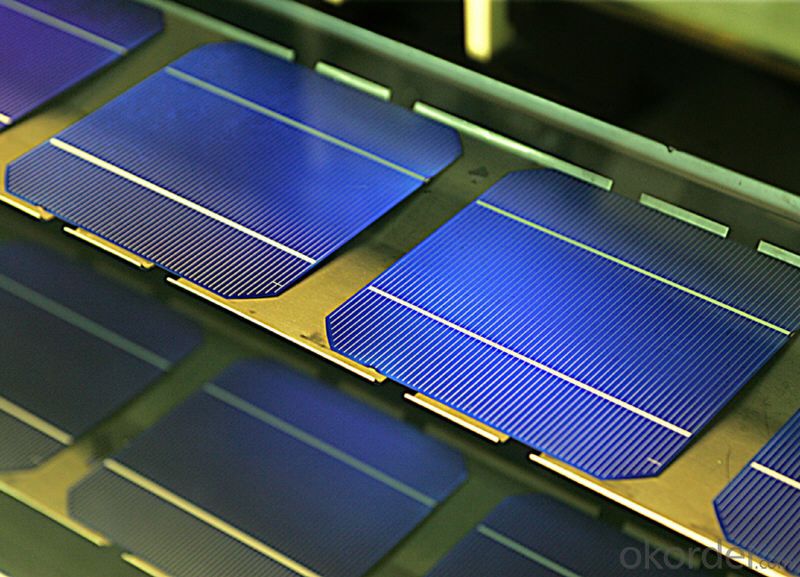
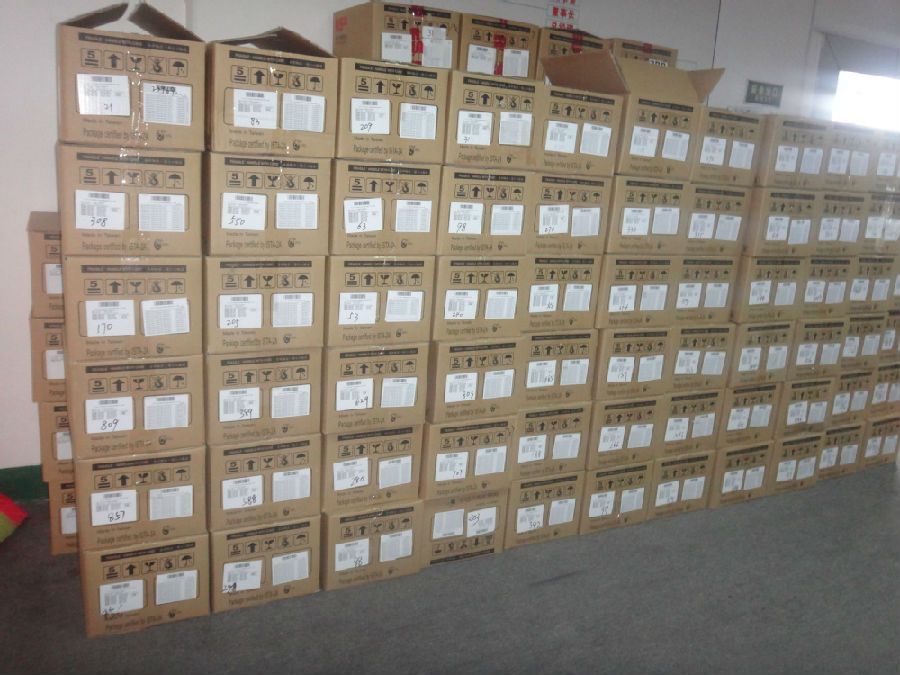
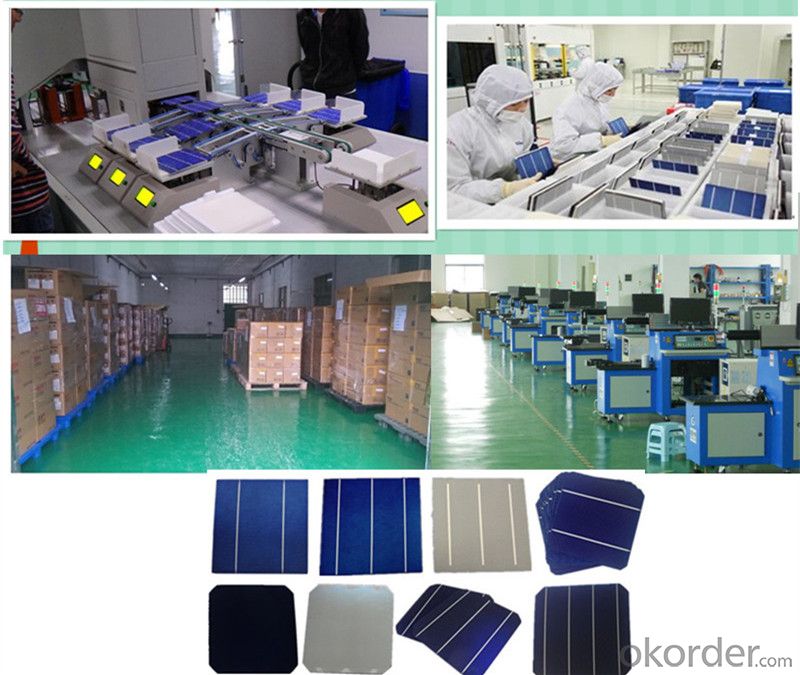
FAQ:
1. Q: Do you have your own factory?
A: Yes, we have. Our factory located in Jiangsu
2. Q: How can I visit your factory?
A: Before you visit,please contact us.We will show you the route or arrange a car to pick you up.
3. Q: Do you provide free sample?
A: Commenly we provide paid sample.
4. Q: Could you print our company LOGO on the nameplate and package?
A: Yes, we accept it.And need an Authorization Letter from you.
5. Q: Do you accept custom design on size?
A: Yes, if the size is reasonable.
6. Q: How can I be your agent in my country?
A: Please leave feedback. It's better for us to talk about details by email.
7. Q: Do you have solar project engineer who can guide me to install system?
A: Yes, we have a professional engineer team. They can teach you how to install a solar system.
- Q: What is the role of back contacts on solar silicon wafers?
- The role of back contacts on solar silicon wafers is to provide an electrical connection between the silicon wafer and the external circuitry of the solar cell. They help in collecting the generated electricity from the front surface of the cell and ensure efficient transfer of the electrical current to the external load. Additionally, back contacts also help in providing structural support to the silicon wafer, allowing for easier handling and integration into the overall solar module.
- Q: What is the expected efficiency improvement for tandem solar silicon wafers?
- The expected efficiency improvement for tandem solar silicon wafers is significant. Tandem solar cells have the potential to achieve higher efficiencies by combining two or more different materials with complementary absorption properties. This allows them to capture a broader spectrum of sunlight and convert it into electricity more effectively. With the use of tandem cells, it is anticipated that solar panel efficiency can be increased by 50% or more compared to traditional single-junction silicon solar cells.
- Q: Are there any advancements in solar silicon wafer recycling technologies?
- Yes, there have been significant advancements in solar silicon wafer recycling technologies in recent years. Various methods such as mechanical, thermal, and chemical processes have been developed to efficiently recover and recycle silicon from discarded solar panels. These advancements aim to reduce waste, lower costs, and minimize the environmental impact of solar panel manufacturing and disposal.
- Q: Can solar silicon wafers be used in remote or isolated areas?
- Yes, solar silicon wafers can be used in remote or isolated areas. Solar panels, which incorporate silicon wafers, are a reliable and effective source of renewable energy. They can operate independently, without the need for a grid connection, making them suitable for powering remote or isolated areas where traditional power infrastructure is not available.
- Q: Can solar silicon wafers be used in electric vehicle charging stations?
- Yes, solar silicon wafers can be used in electric vehicle charging stations. They can be utilized to capture sunlight and convert it into electricity, which can then be used to power the charging stations, providing a sustainable and renewable source of energy for electric vehicles.
- Q: What is the meaning of the wafer (100), the crystal orientation index or the crystal plane index?Also (1100 and (111) which direction and angle should be cut?
- It's the wrong markIt should be pointed outCrystal growth direction
- Q: Can solar silicon wafers be used in marine or offshore applications?
- Yes, solar silicon wafers can be used in marine or offshore applications. However, special considerations need to be taken into account to ensure their durability and protection against harsh marine environments, such as corrosion resistance and waterproofing. Additionally, marine or offshore solar installations may require specific mounting and anchoring techniques to withstand the challenges posed by waves, saltwater, and high winds.
- Q: How do solar silicon wafers perform in high rainfall regions?
- Solar silicon wafers perform well in high rainfall regions as rainwater helps in cleaning the surface, resulting in improved efficiency and performance. Additionally, the smooth surface of silicon wafers prevents water from accumulating, reducing the risk of damage or short-circuiting. However, it is important to note that regular maintenance and cleaning might be required to ensure optimal performance in such regions.
- Q: What is the role of solar silicon wafers in reducing greenhouse gas emissions?
- Solar silicon wafers play a crucial role in reducing greenhouse gas emissions by enabling the production of solar panels. These wafers are made from silicon, a semiconductor material that converts sunlight into electricity. When sunlight hits the silicon wafers, they generate a direct current (DC) that can be converted into alternating current (AC) for use in homes, businesses, and industries. By harnessing solar energy, electricity from fossil fuel sources, which emit greenhouse gases, can be replaced. Therefore, solar silicon wafers are instrumental in the transition towards cleaner and more sustainable energy sources, significantly contributing to the reduction of greenhouse gas emissions.
- Q: How is a grounding wire connected to a solar silicon wafer?
- A grounding wire is typically connected to a solar silicon wafer by attaching it to the metal frame or the backside of the wafer using a conductive adhesive or a soldering process.
Send your message to us
Solar Grade Silicon Wafer - Mono Solar Cells 156mm*156mm in Bulk Quantity Low Price Stock 19.4
- Loading Port:
- Shanghai
- Payment Terms:
- TT OR LC
- Min Order Qty:
- 1000 pc
- Supply Capability:
- 100000 pc/month
OKorder Service Pledge
OKorder Financial Service
Similar products
Hot products
Hot Searches
Related keywords
